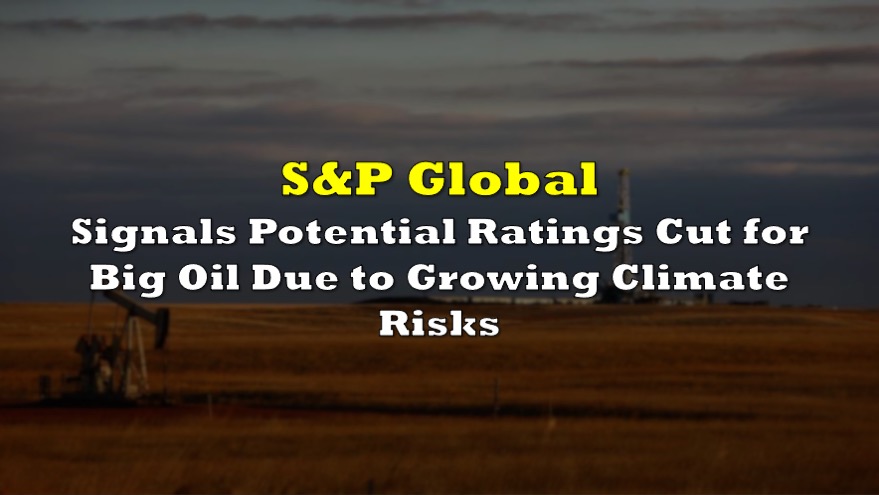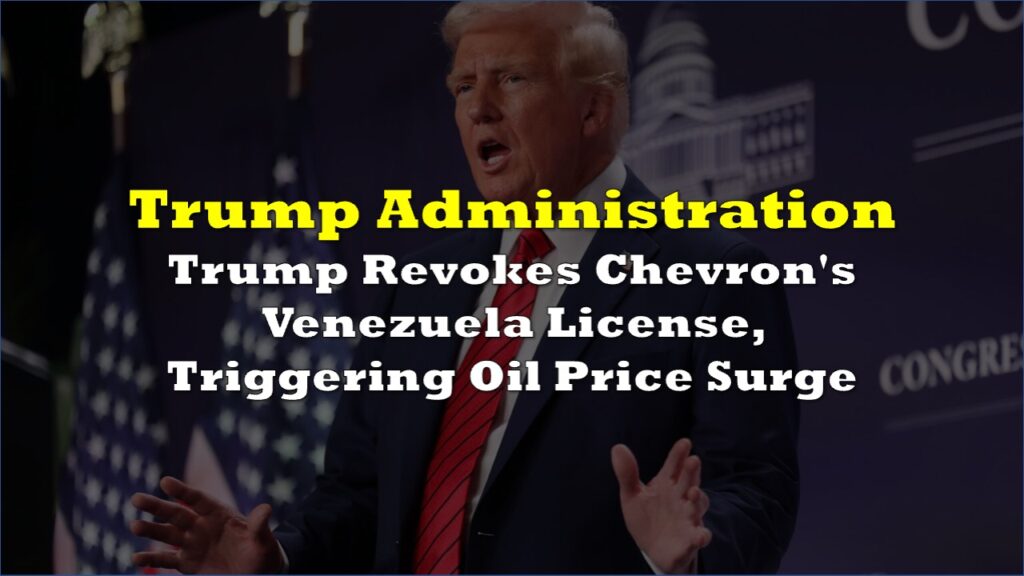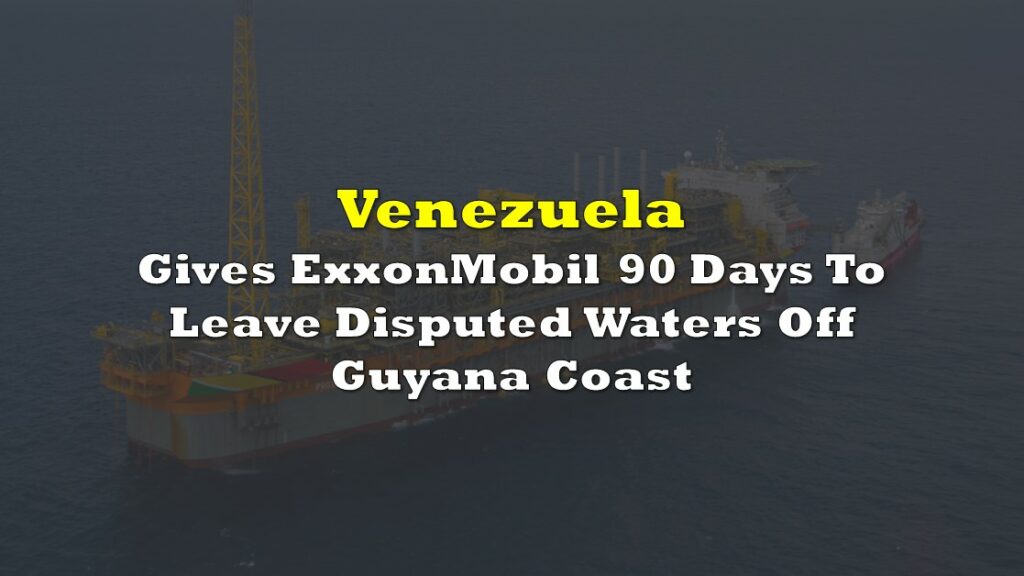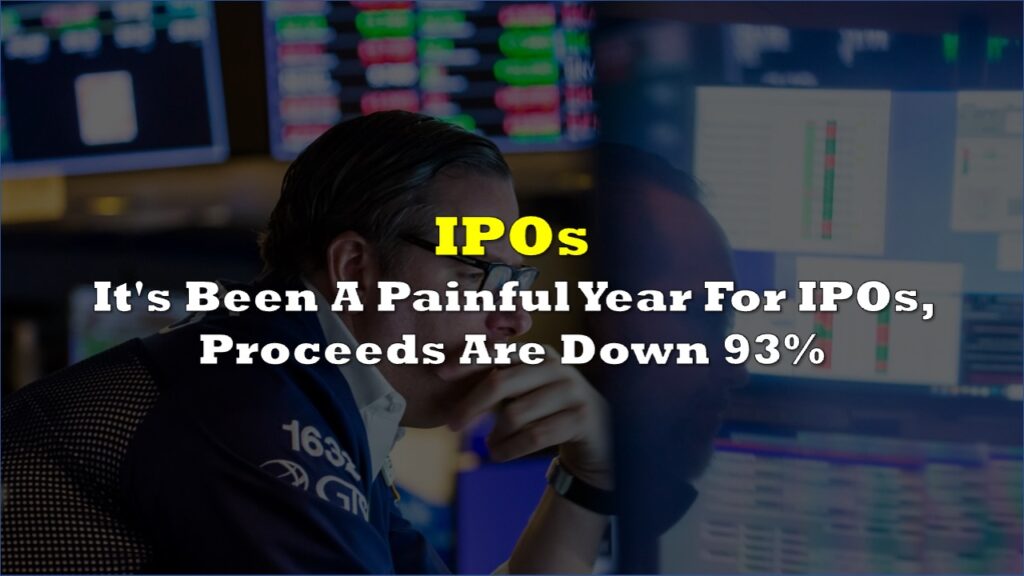Following the new Biden administration’s strong stance on climate change, it appears Big Oil may soon be on a downward trajectory. Within Biden’s first week in office, the new president revoked the permit for the Keystone XL pipeline, signed an executive order that will see the US rejoin the Paris climate agreement, and put a 60-day moratorium on oil and gas drilling on public land.
As a result, what were once powerful oil companies, may be no more. The coronavirus pandemic has put a serious damper on global oil demand, with travel coming to a near-standstill. Nearly a year later, the situation has yet to register a substantial improvement, and shale oil producers that once rose to fame on promises of an eventual explosion in growth may soon see their demise. This has caught the attention of S&P Global Ratings, prompting the ratings agency to put some of the biggest oil companies on negative watch.
According to a statement by S&P Ratings on Tuesday, the agency anticipates that the transition towards green energy, coupled with price volatility and diminishing profitability pose an increased level of risk for many oil and gas producers. Taking these transitional changes into account, S&P Ratings has decided to revise its risk assessment for the entire industry from “intermediate” to “moderately high.” The rating downgrade singles out major producers, including Exxon Mobil, Royal Dutch Shell, Chevron, Total SE, and several other Canadian and Chinese companies. For BP, the ratings agency cut the outlook to “negative.”
Big Oil has recently faced an uphill battle with keeping equity investors onboard, especially after both BP and Shell decreased their dividends in 2020, leaving shareholders stunned that their reliable lifeline of payouts may be over. However, despite this, oil companies have thus far avoided any problems with acquiring cheap debt. In fact, even amid increasing borrowing costs, major oil producers have been able to fund multibillion-dollar projects with relative ease. However, that could soon change, especially once rating agencies begin a cascade of credit downgrades.
S&P has warned that the oil industry faces a barrage of “significant challenges and uncertainties” in wake of the ongoing energy transition. As a result, profitability, and more specifically, the return on capital would face added pressure. During the early 2000s, large oil companies were able to achieve returns on capital exceeding 10%, but over the past several years, those returns have struggled to top 5%.
S&P Rating’s perceptions of the oil industry coincide with those of rivals Fitch Ratings and Moody’s Investors Services, and could potentially create a ripple effect among credit investors, many of which take the ratings into account when making financial decisions. After suffering significant losses throughout 2020, Big Oil has seen a slight recovery, with the price of oil hovering above $50 per barrel since the beginning of 2021.

Information for this briefing was found via S&P Global Ratings and Bloomberg. The author has no securities or affiliations related to this organization. Not a recommendation to buy or sell. Always do additional research and consult a professional before purchasing a security. The author holds no licenses.









